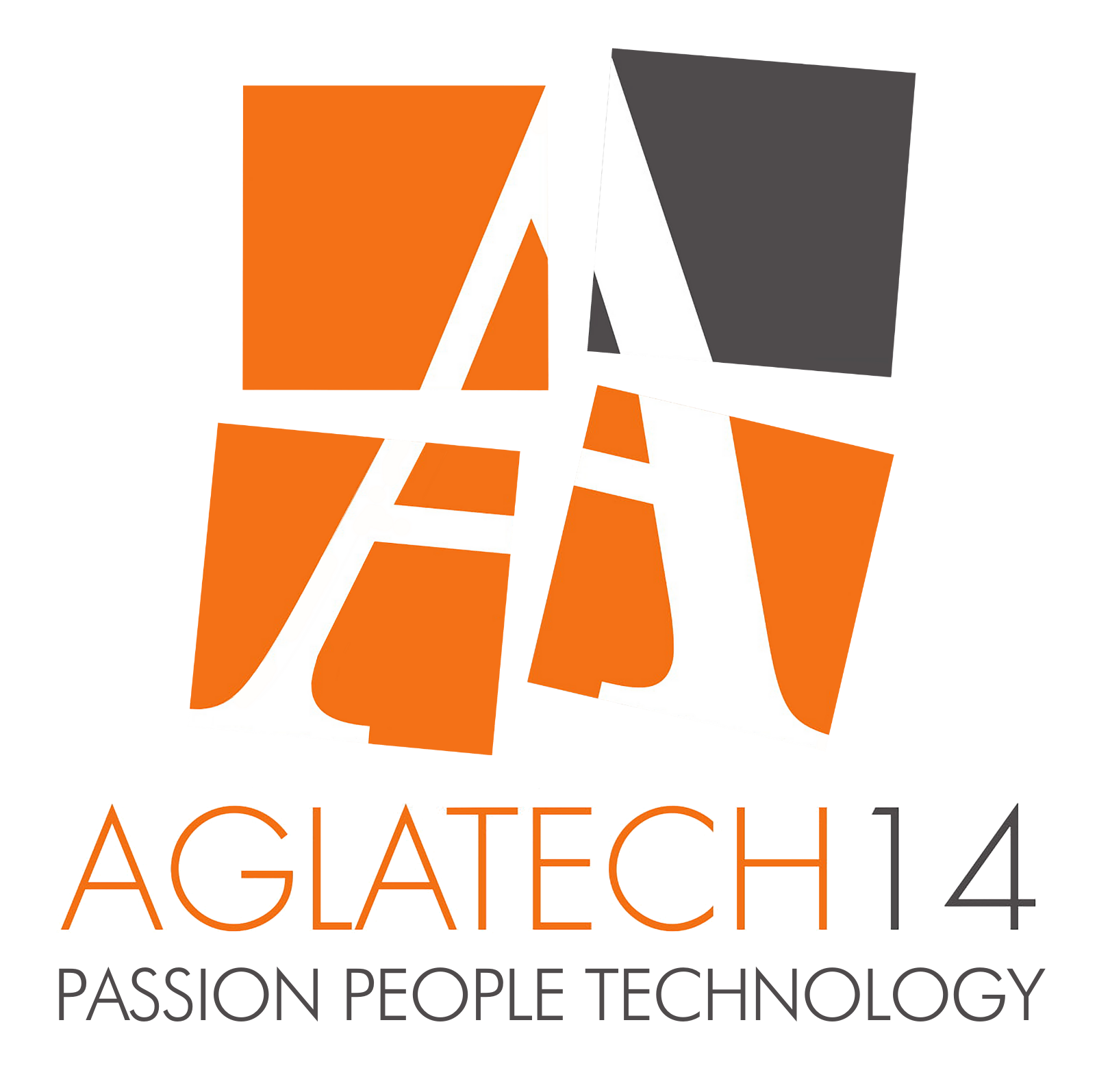
Do You See What I See? – Human Parity in Translation
Human Parity: Meaning of a catchphrase
The idea of human parity is pretty simple in itself: it points to a (desired and/or desirable…maybe) moment when the quality of a translation produced by a machine will be generally indistinguishable from that created by a human.
Simply said, human parity will be reached when machines translate as well as ‘traditional’ translators.
Is there Human Parity in how Machines ‘See’?
To explain what I think about human parity, let me first relate an old, seemingly unrelated incident of my youth.
In 2016, I was in Frankfurt am Main, Germany, for a cultural exchange program organized by my hometown, Milano (IT, not TX). Besides the obvious football world cup watching sessions, complete with flags, face paint, and national-colours-themed flower crowns (no beer for us minors…), which I always tried to sneak out of, the city had organized a few educational activities, one of which was a guided tour at the Dialogmuseum, a fascinating exhibition where you are led by blind people through an itinerary in complete darkness.
Our guide was obviously German and speaking German. And he expected us to speak German. The situation got complicated at a market reconstruction where we were given vegetables and had to recognise what we had in our hands. Recognising wasn’t a problem. But how to explain you are holding a bunch of Radieschen (radish) when you barely know how they are called in your mother tongue? The one and only way that came to my mind was something on the line of: “Those small, red roots.”
And voilà revelation.
How would a blind person know what red is?
I’ll let you guess what happened next, but I can tell you I would have paid for the chance to run. And by the way, if any of you personally know that one guide, please pass on my apologies…
In any case, I believe this is the real misconception behind human parity: machines have never experienced reality in the same way humans do.
Let’s take for instance the Iranian hashtag #زن_زندگى_آزادى (translated into English as “Woman, Life, Freedom”). How would a human analyse this? We read the text and condense in our mind a more or less precise set of information regarding the correlation of the words with the environment we live in. I say more or less because understanding is not a solved problem amongst human either. For instance, if I say “tree”, do you expect an oak or a cherry tree?
Even more so, how does a machine “see” these words?
Like this [to simplify things, I am now analysing the English translation of the Farsi original]:
![]()
3 words, 2 commas, but 7 numbers?
The numbers correspond to the following:
![]()
You would expect to get a wrong translation from a machine that separates Wo-man in this way. Even more so since the corresponding vectors (the numbers) in the translation are even more than the original ones:
![]()
How bad will the translation be?
![]()
Correct. (But if you don’t trust me, go ask a human translator… 😀 )
Does this work with longer sentences? Let’s try with an example by Robert Heinlein: “Sin lies only in hurting other people unnecessarily. All other ‘sins’ are invented nonsense.”

This gets translated into:
![]()
In all honesty, there is a mistake in this translation as the MT related ‘invented’ to ‘sins’ instead of connecting it to ‘nonsense’. The translation of the single terms, however, is correct.
Does this work just as well in other languages?
Let’s translate a verse from the poem “Skönhet” by Swedish poet Edith Söndergran: “Skönhet är att vara vällustig som rosen eller att förlåta allting för att solen skinner.”
Same result

with an even better translation:
![]()
In the end, what we get is that machines and humans have each their own unique ‘perception’ of reality. And they both work.
Achieving Human Parity: They might, but should they?
This being said, does it make sense to compare the result of the creative act of two ‘species’ (allow me the poetic license of considering machines as a species) that see the world in such a different way from one-another?
The concept of human parity does not go as far as to say that translators and machine translation ‘think’ in the same way, obviously. The actual aim of human parity is to, one day, obtain an automatic translation that has as high a quality as a human one.
I won’t venture into the discussion about “translation quality” per se, either, which is already quite hard to define and therefore hardly fit to be considered a comparison benchmark for any research goal.
I will also disregard any misanthropic notion of scientists wanting to replace humans with machines (regardless of a few nice sci-fi examples like Čapek’s “R.U.R. – Rossum’s Universal Robots”).
Indeed, there have often been reassurance on the subject, claiming that machine translation will not replace translators, instead either it will give them the possibility to focus on more rewarding tasks within translation, or the role of translators will change into a more hybrid, tech-savvy, consultancy figure, leaving the ‘heavy lifting’ to the machines.
However, the thing that this argument fails to take into account is that both possibilities, technically, imply a certain degree of replacement from a translator point of view. Not all translators may want to change into technical figures and the more rewarding translation tasks are yet nowhere to be seen, while a constant and wide-spread decrease in rates is very actual and very real. Also, machine translation post-editing is hardly and debatably a more interesting job than translation.
The intrinsic mistake in human parity, therefore, is aiming at creating machines that are put to work at the same level as humans, instead of entities specifically designed to help humanity.
We may want to create a new species, one day, but are we ready for that now? Would we be able to not be replaced and wiped-out by our creations?
* Transformer NMT models, trained by the University of Helsinki and available through HuggingFace and running locally on CPU, were used for the examples
Elena Murgolo – Language Technology R&D Lead Orbital14
Elena started out as a conference interpreter for English, German and Italian, but grew attached to machines and ended up combining the two worlds by specialising in translation software, machine translation and language technology in general. In recent years, she has presented at various international conferences (MT Summit, NETTT, EAMT) and tried to pass on her passion through courses in specialised master courses (EM TTI). Her papers include: Murgolo E., Productivity Evaluation in MT Post-Editing and Fuzzy Matches Editing. Setting the Threshold; Murgolo E. et al., A Quality Estimation and Quality Evaluation Tool for the Translation Industry. However, to satisfy her evil side as well, she also reviews the papers of other experts as a member of the Programme Committees of the same conferences she speaks at (TRITON, Hit-IT, NLP4TIA).
Elena nasce come interprete di conferenza per inglese, tedesco e italiano, ma si affeziona alle macchine e finisce per unire i due mondi specializzandosi nella gestione dei software di traduzione, nella traduzione automatica e nella tecnologia linguistica in genere. Negli ultimi anni presenta in diverse conferenze internazionali (MT Summit, NETTT, EAMT) e cerca di trasmettere la sua passione attraverso corsi in master specialistici (EM TTI). Tra i suoi paper: Murgolo E., Productivity Evaluation in MT Post-Editing and Fuzzy Matches Editing. Setting the Threshold; Murgolo E. et al., A Quality Estimation and Quality Evaluation Tool for the Translation Industry. Per soddisfare però anche una certa innata cattiveria, rivede i paper di altri esperti come membro di alcuni Programme Commitee delle stesse conferenze in cui presenta (TRITON, Hit-IT, NLP4TIA).







